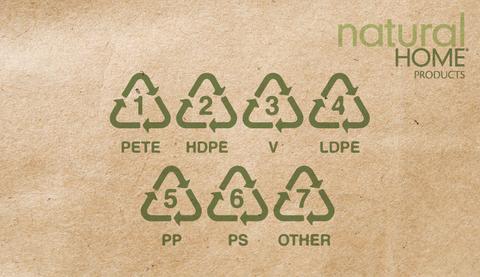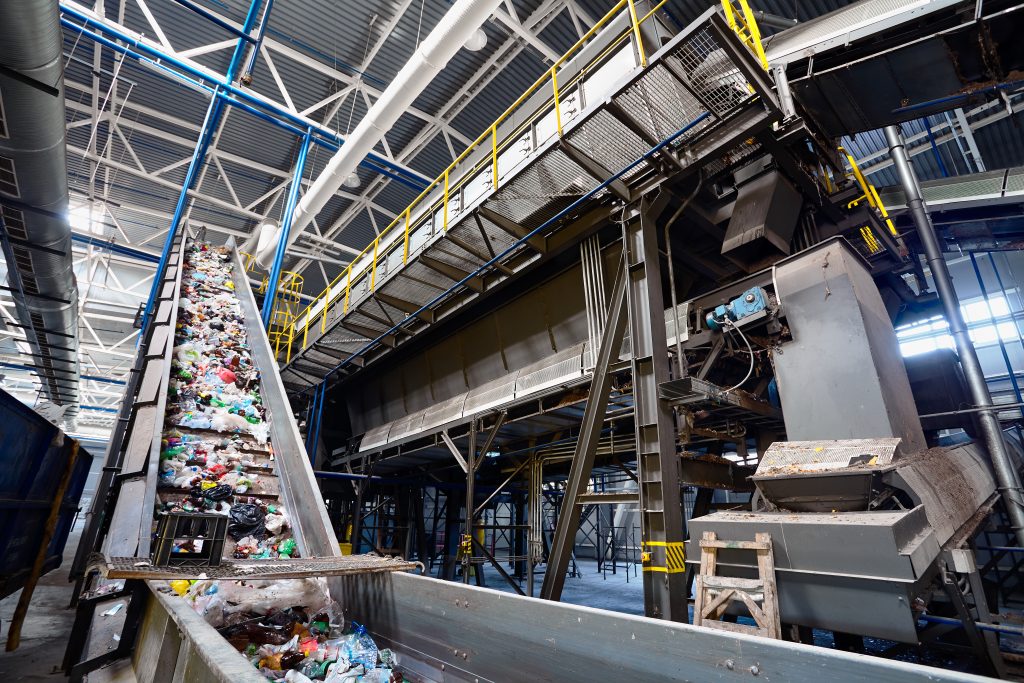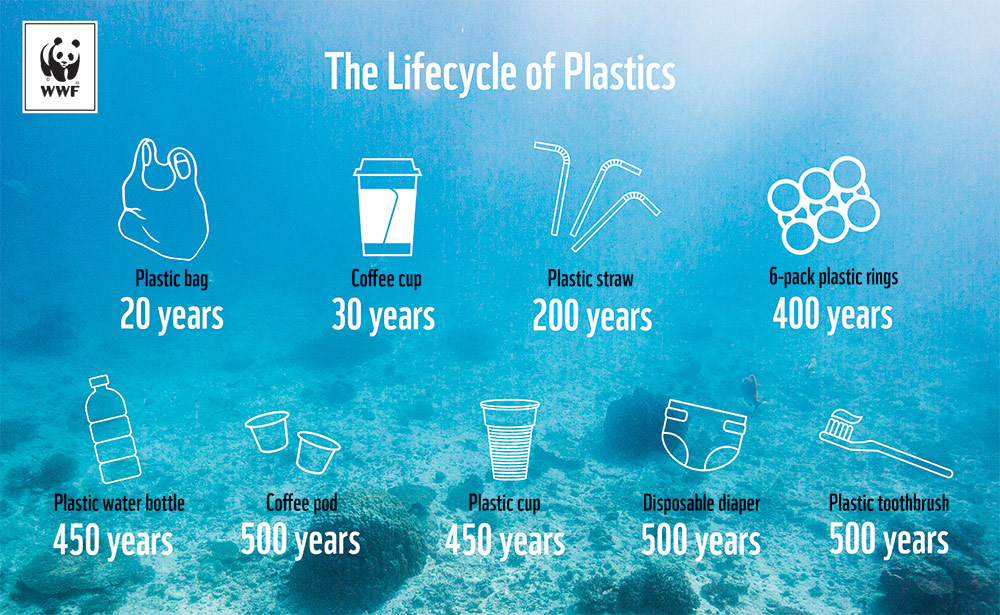Recycling is one of the most common systems we have in place to protect our planet on a daily basis. By putting our glass, plastic, and more in a separate bin, this prevents harmful materials from piling in landfills, polluting our waterways, and using less energy to make ‘new’ items. But while it can become a healthy habit quickly, there are a couple questions you can ask yourself to make the task of getting started less daunting. To learn how to separate your recycling, get started with the steps below!
Should this be recycled?
It might seem a silly question at first glance, but it’s one of the hardest to answer. This is probably where you’ve made the decision in the past to just throw an item in the trash instead. Let’s break it down.

Plastic
Plastic can be recycled, and should because it can take hundreds of years for a single plastic item to decompose. But not all plastics are the same. Usually there is a number on the bottom – like the ones shown below – that indicate how toxic the plastic is, it’s level of biodegradability, and how easy it is to be recycled. Plastic #1 is the plastic that most water bottles, food containers, and shampoo bottles are made from. It is some of the most widely accepted by recycling plants and can be recycled again and again. Plastic #2, like the plastic used in milk jugs and yogurt cups, is also very commonly accepted and can often be separated in recycling as rigid plastics. Plastics #4 and #5, found in things like delivery packaging (except Styrofoam), toys, bags, and lids, can be recycled relatively easily so if you can’t avoid buying them, recycle them.
Avoid Plastics #3 and #6 if you can, they are less commonly recycled at recycling centers and are considered more dangerous for human use. Plastics #7 signify the “other” category and will usually indicate if they can be recycled or composted.
Beyond Plastics: Paper, Cardboard, Glass, and Aluminum
Beyond plastics, many more things can be recycled! Paper and cardboard are highly valued in recycling because they can be recycled using very little energy. Even glossy paper can be recycled but should be separated from regular paper depending on your community’s system. Cardboard is especially useful and should definitely be recycled, as long as it is kept as dry as possible and without grease stains. Generally, dirty paper, napkins, and cardboard should not be recycled and should instead be composted.
Glass should also be recycled, especially if the glass is clear, green, or brown. With items like lightbulbs, mirror glass, ceramics, or other fragile specialty items, you should check with your local recycling center. If they can be recycled, they should be kept separate.
And finally, aluminum should be recycled! Materials like aluminum, brass, and copper can be recycled and remade without losing any quality. And remember, a little research into what can be recycled can go a long way. For instance, there are many ways to recycle electronic devices, clothing, even contact lenses! And if you can’t recycle it, look into reusing, selling it or donating it, or composting!

How should I recycle it?
Okay, so you’ve decided something can be recycled – what comes next? There are a couple of things to consider before dumping it in the blue or green bin. Plastics, glass, and aluminum all need to be rinsed (and sometimes dried) before they can be recycled! The milk jug, the soda can, the yogurt cup, and the glass bottle need a quick journey under the sink faucet before they can be effectively recycled because leftover food or liquid can clog the recycling process.
You should also take the lids off of things before you recycle them. Plastic bottle cups, twist caps on glass bottles, and container lids should all be recycled separately from their lids because the small items can slow the recycling process down and make it more difficult to recycle the larger items.
Where are you?
Every place has little intricacies to the way they do things, which is usually dependent on the infrastructure they have in place, and recycling is no different. Always make sure to check where your nearest recycling plant is and what they recycle, because it varies greatly from city to city and even community to community. For instance, New York City has an extensive recycling system that varies from place to place. They ask that you separate rigid plastics from soft plastics, and they collect recycling multiple times a week. In a more rural place, curbside recycling could be more lenient and just have one recycling bin, which they then separate at the facility, and they make pick up recycling once a week. Make sure to check with your local recycling plant to learn the ins and outs of how recycling near you works.

Ultimately, the most profound way we can help our planet is to limit our investment into the materials that hurt both us and our environment. Avoid buying plastic whenever possible, bring a reusable shopping bag with you to the store, avoid fast fashion, and look into recycled plastic alternatives. But whenever you are faced with a recycling dilemma, take the extra minute and make a conscious effort to ease the recycling process – that one minute can really make a difference.
 Food
Food Farmers
Farmers Sustainable Living
Sustainable Living Living Planet
Living Planet News
News